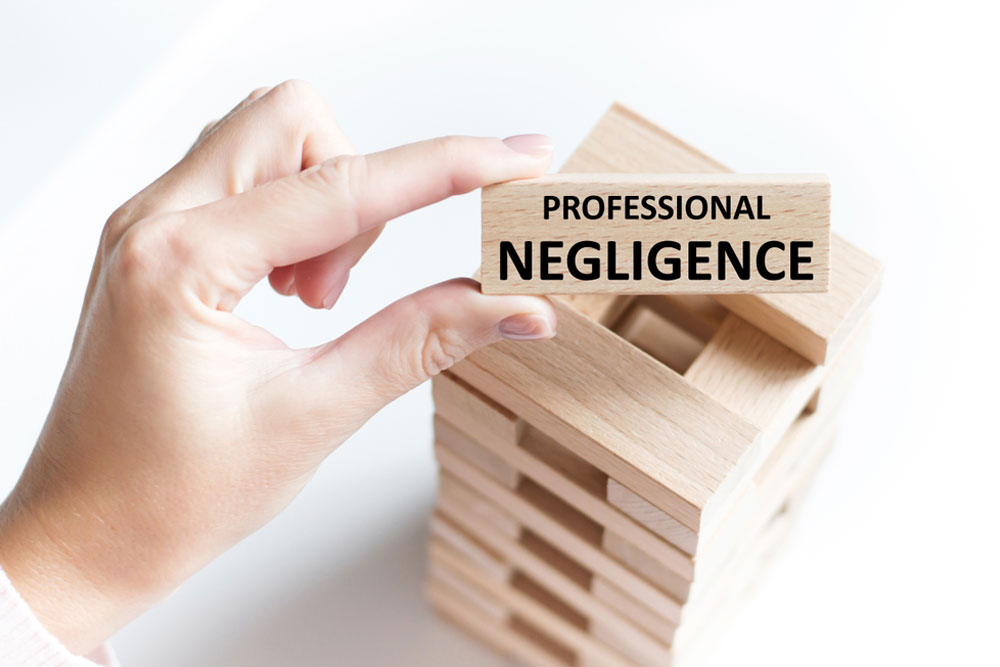As architects navigate the complex landscape of design and construction, they must recognize the legal responsibilities that come with their profession. Negligence claims can arise from design flaws, miscommunication, or failure to meet industry standards, posing significant risks to an architect’s reputation and financial stability. To protect against these claims, architect firms must implement best practices that prioritize quality, communication, and compliance. This blog outlines essential strategies to help architects minimize the risk of negligence claims.
Understanding Negligence in Architecture
Negligence in architecture occurs when an architect fails to meet the standard of care expected in their profession, resulting in harm to clients, contractors, or third parties. To establish a negligence claim, the following elements must be proven:
- Duty of Care: Architects have a legal obligation to perform their services competently and in accordance with applicable standards and regulations.
- Breach of Duty: A breach occurs when an architect fails to meet the expected standard of care, such as delivering subpar designs or failing to follow building codes.
- Causation: The breach must be directly linked to the damages incurred. For example, if a design flaw leads to structural failure, it must be shown that the architect’s negligence caused the failure.
- Damages: The claimant must demonstrate that they suffered damages as a result of the architect’s breach of duty, which may include financial losses or physical harm.
Best Practices for Architects to Avoid Negligence Claims
- Establish Clear Contracts: A well-drafted contract is crucial in defining the scope of work, responsibilities, and expectations for both the architect and the client. Clearly outline deliverables, timelines, and payment terms to minimize misunderstandings. Including provisions for changes and how they will be documented can also help prevent disputes.
- Maintain Comprehensive Documentation: Keeping detailed records of all project communications, decisions, and design changes is essential. Documentation serves as vital evidence in the event of a negligence claim, demonstrating that the architect acted competently and in good faith. Use project management tools to track progress and maintain organized records.
- Conduct Thorough Quality Control: Implementing a quality control process ensures that all designs and specifications meet the required standards before construction begins. Regularly reviewing designs for compliance with building codes, zoning regulations, and industry best practices can help catch potential errors early.
- Engage in Continuing Education: Staying informed about changes in regulations, building codes, and industry trends is essential for architects. Pursuing continuing education and professional development opportunities can enhance knowledge and skills, reducing the likelihood of errors.
- Collaborate with Engineers and Contractors: Open communication and collaboration with engineers, contractors, and other professionals involved in the project can help identify potential issues before they escalate. Regular meetings to discuss project updates, challenges, and solutions foster teamwork and accountability.
- Be Transparent with Clients: Maintaining open lines of communication with clients is vital. Discuss project progress, potential challenges, and any changes to the original design. Transparency helps manage client expectations and can prevent disputes from arising later.
- Establish a Robust Risk Management Plan: A proactive risk management plan outlines potential risks associated with projects and provides strategies to mitigate them. Identify common risks, assess their impact, and develop contingency plans to address issues before they arise.
- Limit Liability Through Indemnification Clauses: Including indemnification clauses in contracts can help protect architects from certain claims arising from the actions of third parties. These clauses specify that clients or contractors will indemnify the architect for claims related to issues outside their control.
- Utilize Technology: Leveraging technology, such as Building Information Modeling (BIM), can enhance collaboration and improve accuracy in design. BIM allows architects to create detailed 3D models, enabling better visualization and identification of potential issues before construction begins.
- Consult Legal Experts: Working with legal counsel who specializes in construction law can provide valuable insights into contract drafting, risk management, and compliance with regulations. Legal experts can help architects navigate complex legal landscapes and protect their interests.
How We Can Help
At Stryker Slev Law Group, we understand the complexities and challenges that architect firms face in avoiding negligence claims. Our experienced attorneys specialize in construction defect and commercial real estate law, providing comprehensive legal support tailored to the needs of architects in San Diego, Los Angeles, and Southern California.
Whether you need assistance with contract negotiation, risk management strategies, or representation in the event of a negligence claim, we are here to help. Our firm’s extensive knowledge of construction law positions us as a trusted partner for your legal needs.
If you’re looking to enhance your strategies for minimizing the risk of negligence claims and protecting your architect firm, contact Stryker Slev Law Group today. Together, we can build a solid foundation for your success and safeguard your reputation in the industry.



